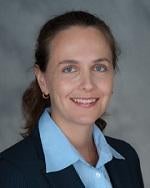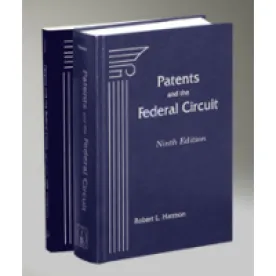United Access Technologies, LLC v. Centurytel Broadband Services LLC
Addressing the applicability of the collateral estoppel doctrine, the U.S. Court of Appeals for the Federal Circuit concluded that there was no collateral estoppel barring the patentee from reasserting the same patent claims against the same industry standard, even though a jury in a prior case had found no infringement, because in the prior case the jury could have reached its verdict without ever finding the industry standard not infringed. United Access Technologies, LLC v. Centurytel Broadband Services LLC, Case No. 14-1347 (Fed. Cir., Feb. 12, 2015) (Bryson, J.).
In 2011, United Access filed a patent infringement action against Centurytel and Qwest. The three patents at issue involved systems for transmitting both voice and data communications over land lines and were asserted against Centurytel and Qwest on the theory that the patent claims necessarily covered the standard broadband digital communications technology known as Asymmetrical Digital Subscriber Line (ADSL).
Nearly ten years earlier, however, United’s predecessor in interest had asserted the same patents and the same exact patent claims against EarthLink, alleging that EarthLink’s sales of an internet connection service based on the ADSL standard was infringing. During the jury trial, EarthLink argued non-infringement on two different grounds: ADSL does not infringe and Earthlink’s ADSL system does not include a “telephone device,” an element of all the asserted claims. The jury in the prior case found no infringement, but returned a general verdict that did not indicate the grounds for finding the patent claims not infringed.
After the lower court found that collateral estoppel applied to United Access, an appeal followed.
The Federal Circuit reversed, explaining that “[w]hen there are several possible grounds on which a jury could have based its general verdict and the record does not make clear which ground the jury relied on, collateral estoppel does not attach to any of the possible theories.”




 />i
/>i
